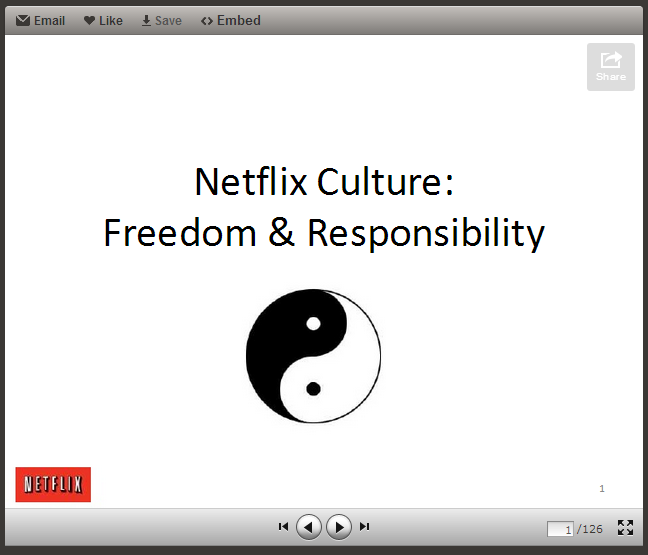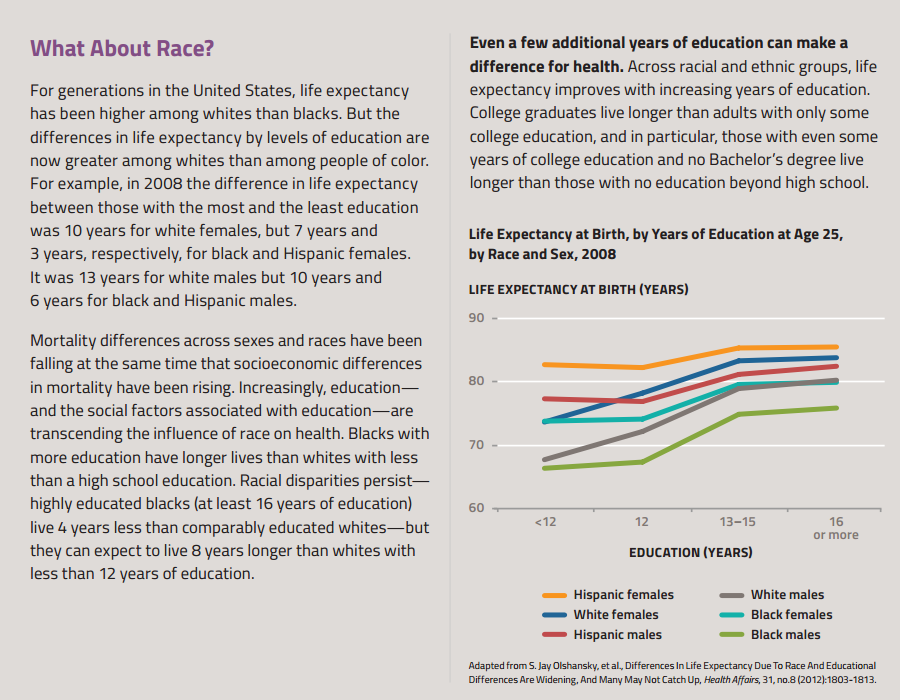One of my favourite movies…
http://bangbangattack.com/2014/01/18/25-didnt-movie-fight-club/
25 Things You Didn’t Know About The Movie “Fight Club”
1. At the beginning of the movie, after the traditional copyright warning, there is a second warning that flashes for a second.
2. Director David Fincher has claimed in interviews that there is at least one Starbucks cup visible in every scene in the movie.
3. Tyler Durden flashes on screen four times before we actually meet him as a character.
4. And, in an early scene of the narrator, there is an ad for Bridgeworth Suites playing on a TV in front of him…

…Featuring Brad Pitt.

5. The breath in the cave scene is actually Leonardo Di Caprio’s breath from Titanic, composited into the shot.


6. Brad Pitt didn’t want his parents to watch the movie but they insisted. They changed their minds when they saw this scene:

7. Before shooting, Brad Pitt and Edward Norton actually took boxing and soap-making classes.

8. And, according to IMDb, Brad Pitt actually went to a dentist to have his front tooth chipped for the role.
9. Helena Bonham Carter, who is 5’2”, wore huge platform shoes to be closer in height to 5-foot-11-inch Brad Pitt and 6-foot Edward Norton.

10. And she insisted that her makeup artist do all her makeup left-handed, because she thought the character of Marla wouldn’t care about, or be good at, that kind of thing.
11. During this scene, when a Fight Club member sprays a priest, the camera shakes slightly because the cameraman couldn’t keep from laughing.

12. Before deciding on Brad Pitt, the producers initially wanted Russell Crowe to play Tyler Durden.

13. And both Sean Penn and Matt Damon were considered for the role of the narrator, which Edward Norton eventually played.


14. Reese Witherspoon and Sarah Michelle Gellar were both offered Helena Bonham Carter’s role of Marla Singer.

Jason Merritt

Frederick M. Brown
Getty
Witherspoon turned it down because it was “too dark,” and Gellar’s contract with Buffy didn’t let her accept the role.
And Courtney Love and Winona Ryder were also considered for the role.

Andrew H. Walker

Valerie Macon
Getty
16. When the narrator is sitting at work writing haikus, the names on the document on his screen are of the film’s production assistants and crew members.

17. Brad Pitt and Helena Bonham Carter spent three days recording orgasm sounds for their unseen sex scenes.
18. This line of pillow talk was originally supposed to be “I want to have your abortion,” but Laura Ziskin, a producer at Fox 2000, found that too offensive.

The director agreed to change the line, on the condition that the new line wouldn’t be up for negotiation. When Ziskin saw the new line (“I haven’t been fucked like that since grade school”) she found it to be even more offensive, but couldn’t do anything about it because of their agreement.
19. In the scene where the narrator first punches Tyler Durden, Edward Norton was supposed to fake-hit Brad Pitt…

But at the last minute, director David Fincher told Edward Norton to actually punch Brad Pitt. Pitt’s wince of pain is real, and you can see Norton laughing about it.

20. Marla Singer’s phone number is the same as Teddy’s number in the movie Memento.


It is also the same as the Hong Kong Restaurant’s phone number in Harriet the Spy, Eddie Alden’s phone number in the movie Someone Like You, and the number for a mental institution in an episode of the show Millennium.
21. While filming this scene, Edward Norton was actually completely nude from the waist down.

On the DVD commentary, he tells director Fincher this and then jokes, “Did you notice I never had to go to the bathroom that day?”
22. To look convincingly like sagging flesh, Bob’s fat suit was filled with birdseed. It weighed more than 100 pounds.
23. When Tyler is giving a speech to the Fight Club, he looks directly at Jared Leto’s character when he mentions rockstars.

The year before the film’s release, Jared Leto formed the now platinum-selling band 30 Seconds To Mars.
24. The movie contains several subtle hints about the special “relationship” between Tyler Durden and the narrator.

For instance, when they both get on a bus together, the narrator only pays the fare for one person. Later in the movie, when they are together in a car that Tyler is driving, the narrator also gets out on the driver’s side.
25. And, finally, in the last scene of the film, there is a single frame flash of male genitalia, just like Tyler Durden would insert into films at his projectionist job.













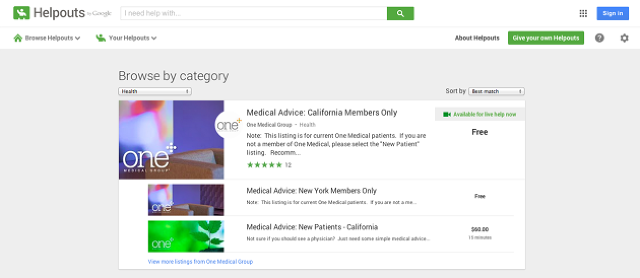
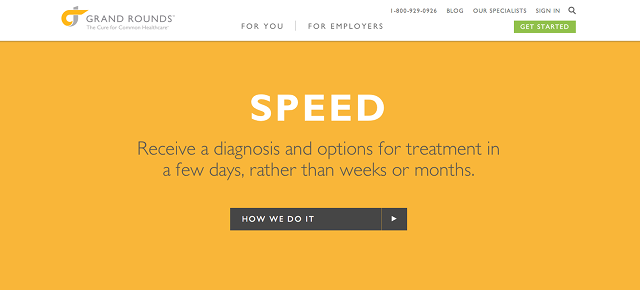
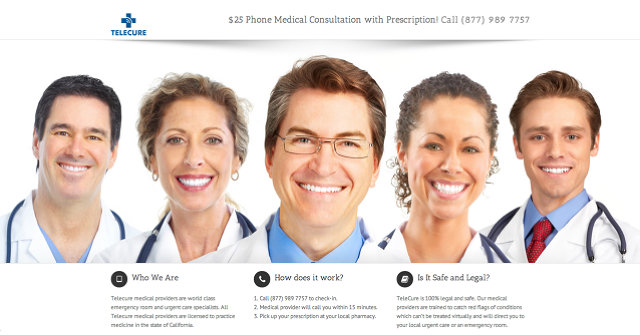
 Tony Stubblebine
Tony Stubblebine